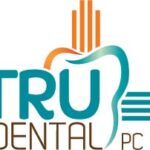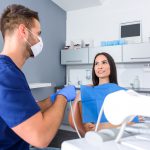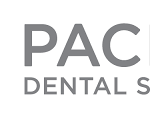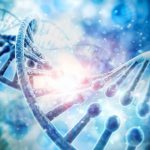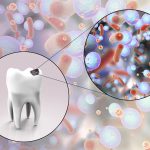
Normandale Community College has a commitment to excellence in dental hygiene education and has been training their students on salivary diagnostics since 2010. We asked Rachel Kashani-Legler, RDH, RF, BSDH, MS, to share her insight into their program and how it has been affected by the introduction of salivary diagnostics:
Diane Larson, RDH: What are the most significant changes or trends you've observed in salivary testing over the last 13 years?
Rachel Kashani-Legler, RDH: It is truly ama...
Read More

